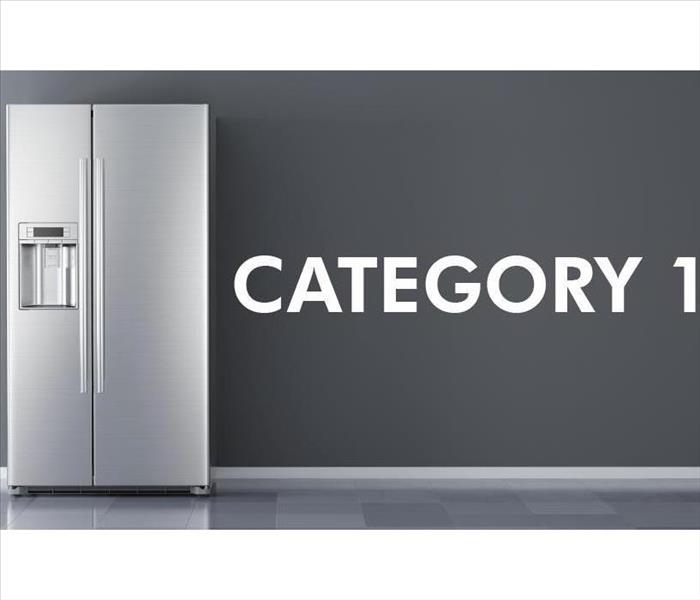Everything You Need To Know About Category 1 Water Damage
1/7/2021 (Permalink)
At some point, your business building in Weedville, AZ, might be damaged by clean water. While other types of damage involve contaminated water that originates from the soil or the sewers, there are times where that is not an issue. Learn more about this type of damage, also known as Category 1, as well as where it comes from and how to handle it.
What Is Category 1 Damage?
The categories determine the level of contamination found in the water damage. Therefore, category 1 damage has the cleanest water in the system, while categories 2 and 3 usually involve more polluted substances. This distinction is important, as it helps commercial restoration specialists know the extent of the damage and the different tools and techniques they should use to combat it. It is less hazardous than other types, but still requires some protection against electrical connections.
Water Sources
It is important to identify the source when confirming whether the damage was caused by clean water or not. The following are category 1 water sources:
- Defective supply line
- Broken pipe
- Malfunctioning appliance
- Tub or sink spill
These sources generally use water that is considered safe for people to use due to its cleanliness. If it does not meet the criteria, it belongs to a higher category and is dangerous to you and others.
Handling the Water Damage
The restoration specialists will arrive to your location and work fast before the damage's category increases. They will disable the electrical hazards and stop the water source. After that, they will remove or cover up any items as needed, followed by removing the water from the area Next, they discourage mold growth by drying the surfaces with fans and cleaning it with disinfectants and deodorizers. Finally, they safely dispose of any items they are unable to repair.
Even though a flood or incident involving clean water is relatively safer than polluted water, you should still treat it seriously. Learn about the different categories and talk to a remediation professional immediately.



 24/7 Emergency Service
24/7 Emergency Service
